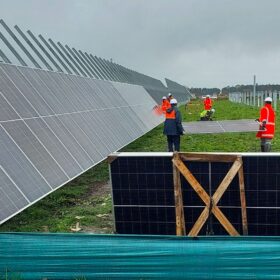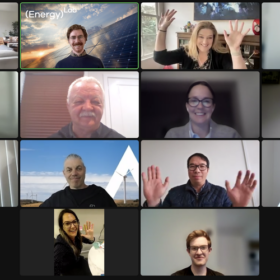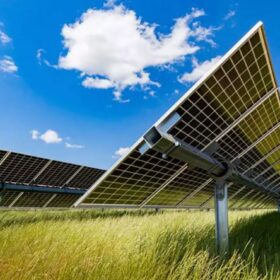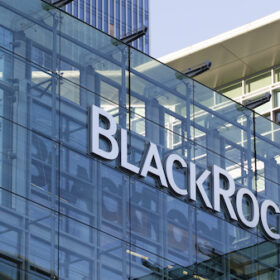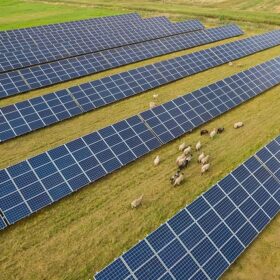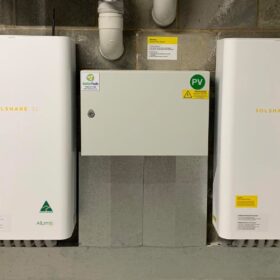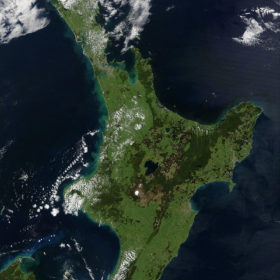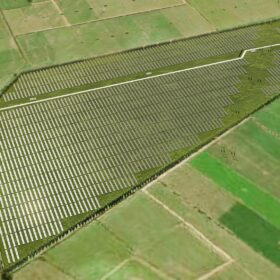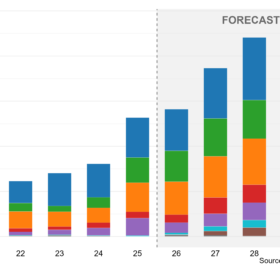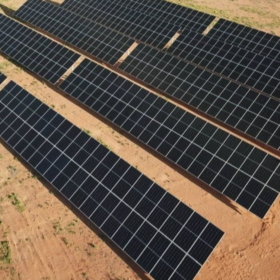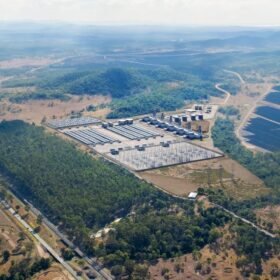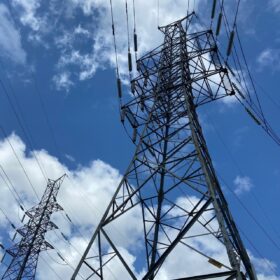Lodestone links with UK companies to progress NZ solar strategy
With five solar farms already under construction, New Zealand renewables developer Lodestone Energy has teamed with a trio of British-based companies to develop another nine PV projects that are expected to deliver more than 500 GWh in additional solar generation.
Platform helping developers see constraints on the grid among startup accelerator’s 2023 cohort
Startup accelerator EnergyLab is showcasing its 2023 cohort of promising climate tech startups this morning. Ahead of the launch, pv magazine Australia caught up with participants Energy Synapse and PowerPlay.
Genesis secures NZ sites for 400 MW of solar
Genesis Energy’s ambition to become New Zealand’s largest solar generator has gained momentum with the company announcing sites for three new projects with a combined 400 MW of renewable electricity capacity.
BlackRock links with NZ on $2 billion clean energy strategy
American investment giant BlackRock has teamed with the New Zealand government to launch a NZ$2 billion (AUD 1.86 billion) climate infrastructure fund to accelerate the growth of green energy technologies like solar, wind, green hydrogen and battery storage to fuel a low-emissions economy.
Harmony looks to accelerate approvals process for 300 MW PV pipeline
The New Zealand arm of United Kingdom-based renewables company Harmony Energy is seeking to accelerate the development of three solar farms that would add almost 300 MW combined generation capacity to the nation’s energy grid.
Australian technology provides solar sharing first for NZ
Australian startup Allume Energy’s SolShare platform, that allows multiple energy consumers to share the benefits of a single rooftop solar array, has been deployed in New Zealand for the first time with the technology installed at a three-storey public housing complex in Christchurch.
PV-powered robotic lawn mower from New Zealand
Researchers from Massey University in New Zealand have developed a robotic lawn mower with three 50 W solar panels and a 20 Ah lithium-iron-phosphate (LiFePO4) battery. Two of the PV panels can be retracted and stacked inside the robot. They slide out when it needs to recharge its batteries.
NZ hydrogen startup claims it’s ‘cracked the iridium problem,’ raises $2.3m in seed round
A newly-launched New Zealand startup claims its catalyst layer technology reduces the amount of iridium and platinum needed for electrolysis by a factor of 25. The startup, a spinout from a research institute, has raised NZD 2.5 million ($2.3m/USD 1.55m) in a seed funding round.
NZ to fast-track approval process for solar projects
New Zealand’s large-scale solar market is set to shift up a gear with the government announcing two new projects with a combined generation capacity of more than 500 GWh per annum have been referred for fast-track consenting.
Lodestone breaks ground on 32 MW solar farm in NZ
New Zealand renewables developer Lodestone Energy’s plans to develop an initial suite of five large-scale solar farms with a combined generation capacity of more than 365 GWh per annum has reached another milestone with construction beginning on the second of the projects.
